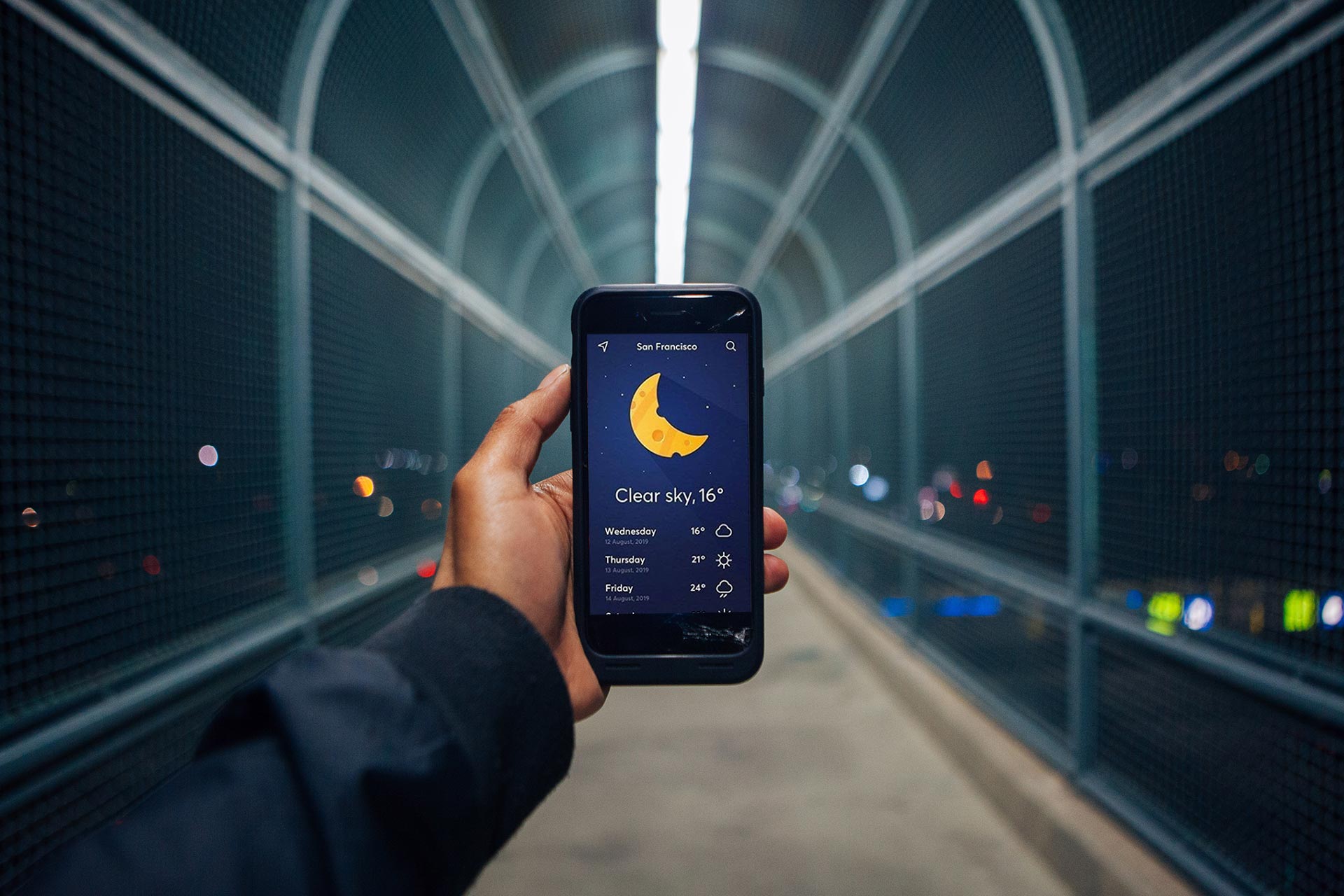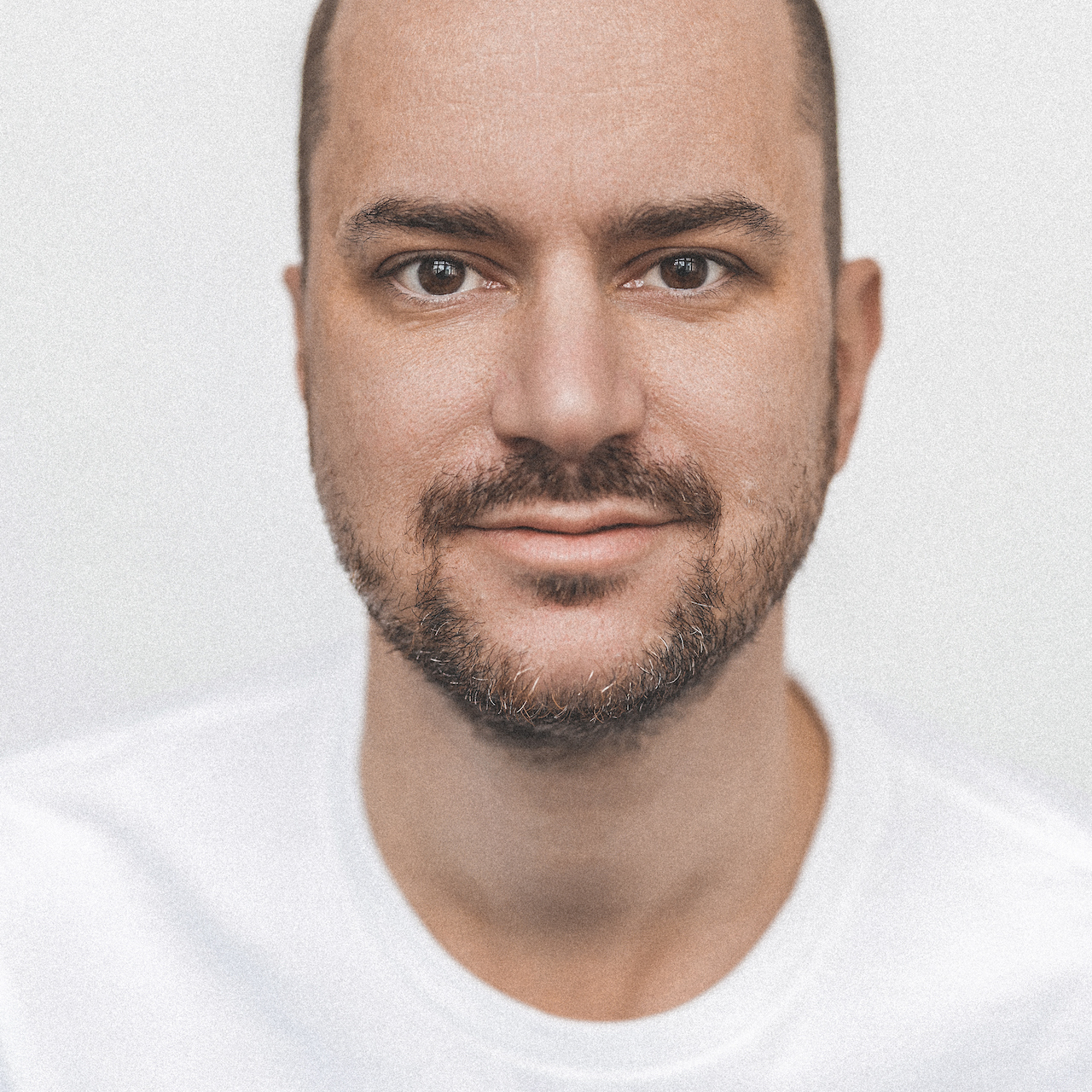Mobile Design Trends in 2020 II

This article first appeared in the print issue of t3n #60 in German language. If you haven’t yet, read part 1 of this article on the Johannes Ippen’s blog
UX Design is ever evolving. In today’s global and restless society, technical and social changes trickle down into product design very quick. Almost daily.
While we have leard about meaningful gestures and juicy illustrations already, here is part 2 of our trends report:
Product Heroes
The digital and physical world melts together. When I control my Dyson air filter thingy via its smartphone app, there is a little 3D modell of the device right in the middle of the virtual remote control on my screen. It shows me how much the air flows, in which direction and to where the device rotates. The rest of the UI is build around the device.
What works for controlling my smart homes devices adds a lot more weight to homeshopping experiences: Customers are used to experiencing products in Hi-res photos, videos and 360°-modells before they make a purchase decision. The latest trends is to put the product in the middle of the screen, making it visible while shoppers explore price variants, product infos and design options.
This permanent visibility has two advantages: One the hand, the user has the chance to see the impact of his actions on the product itself. How does my car look in this different color? What if I change the tires?
On the other hand, the product visibility suggests ownership of the product already: I already interact with it, so it’s almost like I have it.
Neumorphism
Skeumorphism enlighted and disturbed users with virtual leather books, torn notebook pages and 1930s radio microphones. Why? To introduce iPhone novices into the then new world of glass surface interfaces.
The world of simulated realism was soon replaced by Flat UI and Material Design, celebrating the clean virtuality of its user interface. Multiple design revolutions and over a decade later, the real world metaphors are back: In the form of neumorphism.
At first glance, neumorph interfaces shine through monochrome, smooth and haptic surfaces with huge, cloudy shadows. Like skeumorphism, this design polarizes. You might feel reminded of the temptation of activating all the Photoshop layer effects at once.
Yet, neumorphism is so much more: The 2020 UI trend of the year is not a pure visual or aesthetic trend. Furthermore, it attributes virtual functions analog user elements. Huge buttons, unnecessary seeming feedback mechanisms and sliders so big, you can’t even operate them in one motion.
Neumorphism dictates how a product is to be used, emphasising single functions and renders other almost inaccessable. Often enough, elements from the audio world are being adapted and stylized in neumorph interfaces: magnet tapes, oscilators, cross faders, lit up cue buttons. A visual hero element like a 12” vinyl reminds users of the good old Technics days.
Big gestures add meaning to neumorph UI: You’re not streaming here, you’re putting on a record. Craftsmanship – that’s the message neumorphism conveys to the user. With their big shadows and gradients, it feels like a Best-of this year’s design trends – while celebrating the connection to the real world.
Design trends in 2020 are not necessarily a reflection of what is possible, but rather painting a picture of human needs: The desire for simplicity in a complex world. The pursuit of security in unsteady times. The turn towards the iconic. Most of all: The self-awareness of digital, mobile interfaces.
Part 1: Juicy Illustrations & Meaningful Gestures. Read Now →
Part 2: Product Heroes & Neumorphism.
